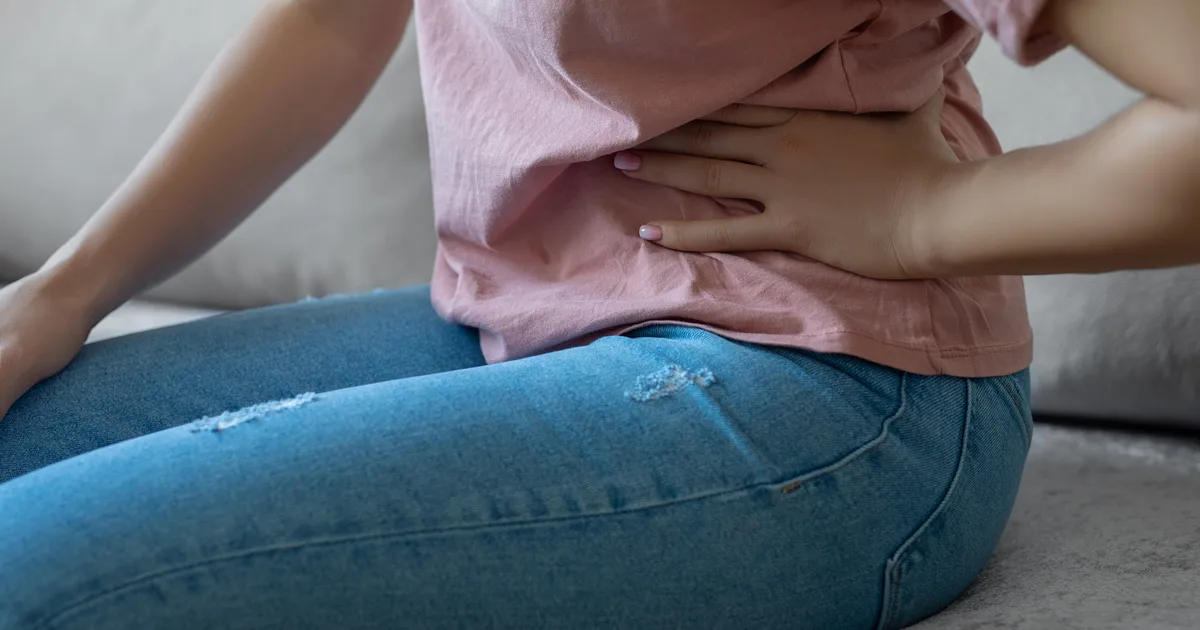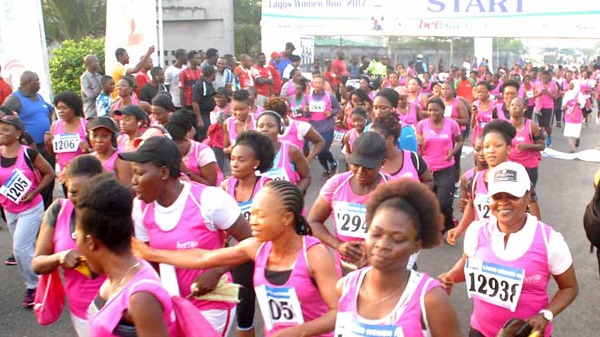Copyright HuffPost

It can be alarming to realize you’ve been having hip pain for a bit too long. After all, most people know someone who has had a hip replacement, and it’s easy to conclude that’s the only fix. According to the American College of Rheumatology, 544,000 hip replacements are done every year in the United States, and a 2020 study found that hip pain affects 10% of the general population and increases with age. But like any joint, there can be a wide variety of issues with the hip ― and it isn’t an ailment that just affects older folks. Dr. Derek Ochiai, a board-certified arthroscopic hip surgeon and sports medicine doctor at Nirschl Orthopaedic Center in Arlington, Virginia, said there are a variety of hip issues that affect younger people, too. In fact, a 2023 study reported that 22% to 55% of individuals reporting hip pain have a labral tear, a condition affecting the hip socket that Ochiai often treats in younger people. Advertisement It can be easy to dismiss hip pain as an inevitability of getting older. But Ochiai stressed that’s the one thing he wouldn’t do if he personally was dealing with a hip problem. Why Putting Off A Doctor’s Appointment For Hip Pain Could Be Seriously Harmful If you’ve had pain for more than a couple of weeks, it’s time to visit a physician. “Don’t ignore it. If you’re a young patient and you can’t sit in the car for 30 minutes at a time or you’re walking down a hallway and noticing you take a turn by using little steps, not twisting, that is not normal,” he said. “That could be a fixable, treatable hip condition.” Pain with sitting, driving or sex might be a hip joint issue that needs to be evaluated, Ochiai added. Putting it off can put you at risk of arthritis, especially if you had a labral tear, affecting the tissue that holds the ball and socket joint together. These tears are usually “atraumatic,” meaning that you might not even know when it happened, rather than from a sudden injury, such as being “tackled by a 300-pound lineman,” he explained. Advertisement He cited a Danish study that analyzed patients with hip pain for 10 years. Those who had hip pain with impingement (a marker for having a labral tear), the chances of getting arthritis within 10 years of starting to have pain was 26 times higher than for the general population. Another 2023 study further confirmed that a labral tear increased the risk of developing osteoarthritis. How To Tell If You Have Concerning Hip Pain, And What Else You Can Do About It If you picture a pelvic bone, there are many places you can have pain that might or might not be your hips. So first try to figure out if you actually have hip pain or if it’s stemming from something else. For example, back and hip pain commonly occur together. Advertisement “The central issue is that not all hip pain is clearly from the hip. What we typically think about as hip pain, or pain that is located on the side of the hip, may in fact be coming from the hip, the muscles around the hip or joints next to the hip, including the lower back area and SI [sacroiliac] joint,” said Dr. Rahul Shah, a board-certified orthopedic spine surgeon. Typically you can identify hip pain if a deep flexion hurts, like when you’re doing something more intense, like a goblet squat, Ochiai said. You could also just experience general pain when you’re sitting if you happen to flex your hip. “Some people have really deep chairs, where the knees come up to the level of the waist, then say they can’t get through the workday because it’s hard to sit that long,” he explained. “A quick fix is either raise your chair and sit forward on the chair so you don’t hyperflex your hip, or get a pillow or cushion and sit on that to raise your legs up higher.” Advertisement Some other signs include “difficulty standing on the affected leg, difficulty with putting on socks or shoes and difficulty with clipping toenails,” Shah said. Ochiai also said that there’s a hack, or “quick and dirty way,” to see if you might have a hip issue: “Lay on your back and grab the front of your knee with both hands, and pull that knee towards your chest. Then have someone take a picture of how close you got your knee to your chest. Then do it again on the other side. If there’s a marked difference, that’s not just tight muscles.” Yoga, Pilates, strengthening exercises and anything that improves your abdominal strength can help your hip, Ochiai said. His rehab protocols for post-hip surgery patients involve ab and back exercises. Advertisement “Hip and back issues go together like peanut butter and jelly, so improving back strength can unload and actually improve your hip pain,” he said. Strengthening your glute muscles is also key to improving hip pain. Ochiai recommended performing exercises like hamstring stretches (such as touching your toes) and bodyweight squats. YourSupportMakes The Story Your SupportFuelsOur Mission Your SupportFuelsOur Mission Join Those Who Make It Possible HuffPost stands apart because we report for the people, not the powerful. Our journalism is fearless, inclusive, and unfiltered. Join the membership program and help strengthen news that puts people first. We remain committed to providing you with the unflinching, fact-based journalism everyone deserves. Thank you again for your support along the way. We’re truly grateful for readers like you! Your initial support helped get us here and bolstered our newsroom, which kept us strong during uncertain times. Now as we continue, we need your help more than ever. We hope you will join us once again. We remain committed to providing you with the unflinching, fact-based journalism everyone deserves. Thank you again for your support along the way. We’re truly grateful for readers like you! Your initial support helped get us here and bolstered our newsroom, which kept us strong during uncertain times. Now as we continue, we need your help more than ever. We hope you will join us once again. Support HuffPost Already a member? Log in to hide these messages. Finally, don’t underestimate the power of stretching. Shah said hip flexor stretches, along with knee and ankle mobility stretches, can help achieve a full, painless range of motion. Advertisement



